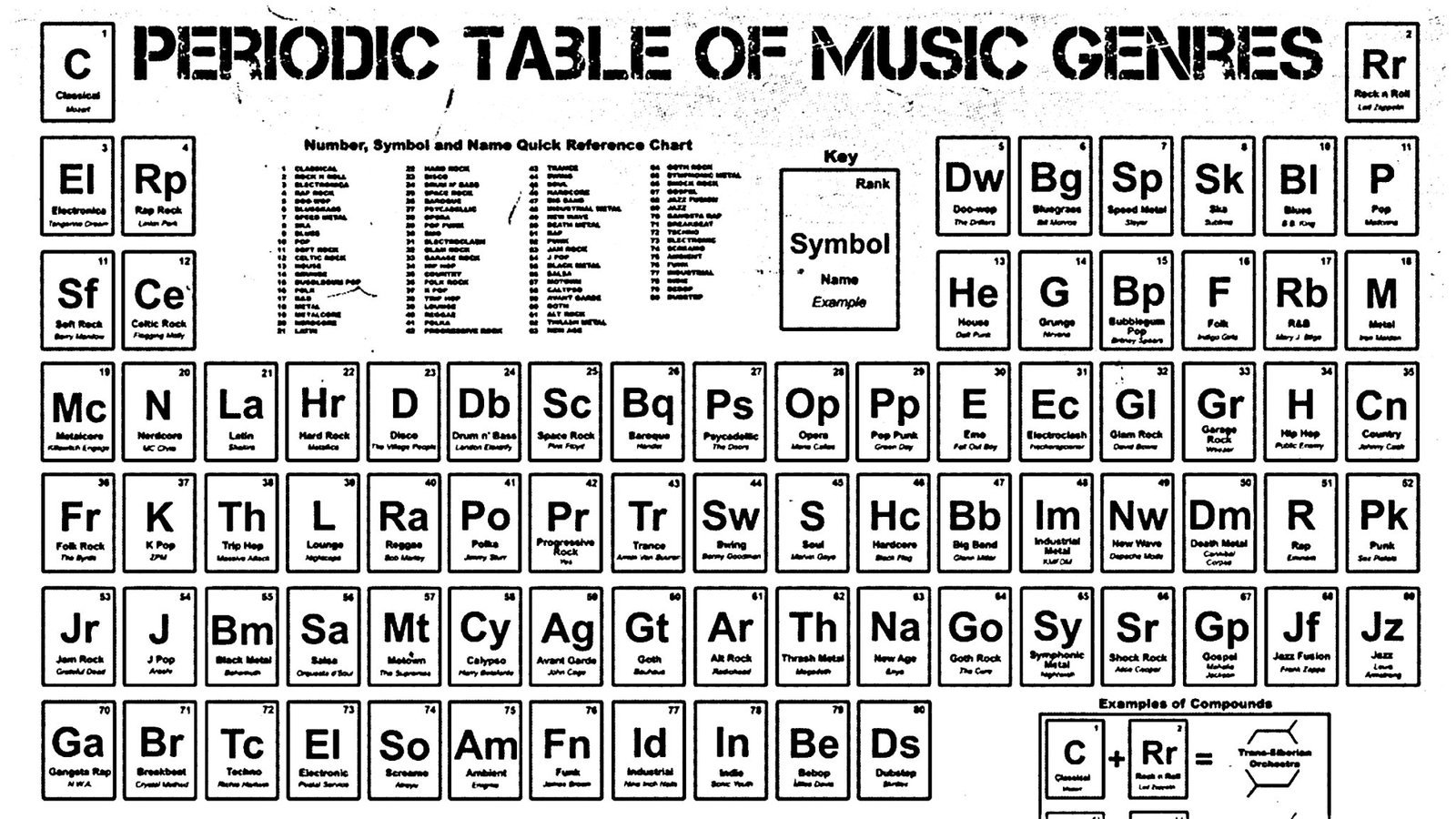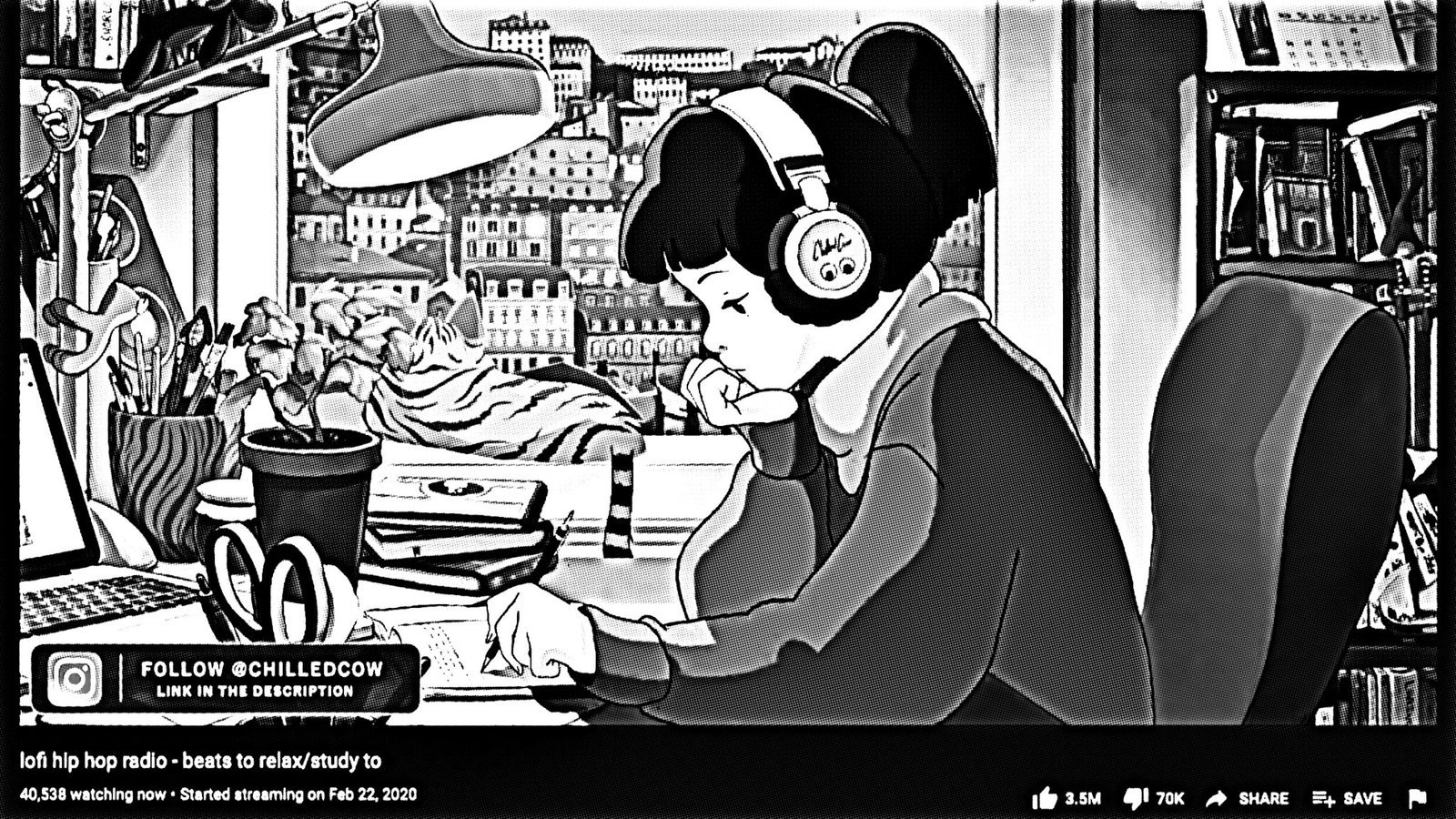
Everybody’s Languishing → Adam Grant’s article in The New York Times on “languishing” seems to have connected with a lot of people. Grant defines languishing as “a sense of stagnation and emptiness. It feels as if you’re muddling through your days, looking at your life through a foggy windshield.” Jason Kottke spoke for all of us when he commented, “Yeeeeeep. Yep. Yep. 1000% how I’ve been feeling today and on and off for months now.”
We expected unnerving feelings at the beginning of the pandemic. There were warnings to not give in to frustration and sadness, not to kick ourselves if lockdown’s supposed extra at-home time didn’t result in our replication of Newton’s Year of Wonders. Many of us, of course, were hit hard emotionally. But now that there’s light at the end of the tunnel — thanks in part to vaccines, actual leadership, the economy surviving — we should all be Snoopy-dancing, right? Instead, some of us are languishing.
I recently looked back on my journal from a year ago, a reminder of how I felt in the early days of COVID-times. Unsurprisingly, I was despondent in uncertainty, but I was getting things done. I sent an episode of my email newsletter out every week for like eight (or more) straight weeks. I was blogging all the time. And I was continuing to make small moves on the professional side with my music publishing and consulting gigs.
But, man, these last couple of months have been TOUGH. I’m appreciative and thankful to get through the past year — for one thing, I and all of my loved ones are fully vaccinated — but motivation is in the outhouse. I’m no longer consistent with my newsletter, and it feels like I haven’t blogged here in ages. I’m getting professional work done, but my pace is slower than Béla Tarr’s camera trolly.
That’s why Grant’s article resonates. It’s reassurance — Grant’s nail-on-the-head description of ‘languishing’ confirms that it’s not just me. Whew. And, magically, naming this condition is a great help. Says Grant, “Psychologists find that one of the best strategies for managing emotions is to name them … it could help to defog our vision, giving us a clearer window into what had been a blurry experience.” See also: Steven Pressfield’s technique of naming “the Resistance.”
The article contains tactical advice for dealing with the anguish of languishing. Grant suggests adding small challenges in your day as completing these tasks is a mood enhancer. I assume scheduling challenges in the morning is a good move, to get on the good foot. I’m guilty of usually mulling about for the first few hours of the day, coffee in hand, stressing out about the day ahead more and more as the minutes pass. How about I take that coffee to my desk and write a little something for the blog? That’s a small challenge that always feels fantastic upon completion. This tactic also reinforces that elusive and necessary daily writing practice. And Grant is correct — the day adopts a certain smoothness when the morning begins with a decent word count.
We’ll see how it goes. As usual, I’ve got plans (lots of ’em), and I want to do them. I’m ready to stomp this ‘languishing’ sensation into the dirt and enjoy the eventual fruits of our post-pandemic season.
——————
Unwitting Idol → In a story that someone is undoubtedly going to option for a movie, Vladislav Ivanov found himself contractually obligated to compete in a Chinese boy band competition show. Initially hired as a translator, the Russian’s good looks inspired the offer to “try a new life” and join the high-stakes contest. Ivanov quickly realized that ‘member of a boy band’ was not one of his aspirations. Unfortunately, he was held to song-and-dance servitude under threat of a fine if he broke his agreement. The only way out was if the audience voted him off the show:
Using the stage name Lelush, Ivanov told viewers “don’t love me, you’ll get no results”, and repeatedly pleaded with people not to vote for him. His first song was a half-hearted Russian rap, in stark contrast to the high-pop of his competitors. “Please don’t make me go to the finals, I’m tired,” he said in a later episode.
As you may have guessed, this behavior only endeared the beleaguered Ivanov to his ‘fans’ who repeatedly voted to keep him in the competition. Some suspect Ivanov’s resistance was a calculated maneuver, like the reality show contestant who assumes the villain role because people want to see what villains will do next. But a friend verifies Ivanov’s reluctance is real: “He sent me a SOS message saying he couldn’t stand it.” Luckily for Ivanov (but not the rest of us, tbh), his pleading was finally answered. The viewers relented and voted him off the show in the presumably tense final competition.
——————
Gaze Craze → I had a feeling that the kids are alright, but this clinches it. Following the curious sea-shanty trend, Gen Z’ers are now resurfacing the classics of shoegaze on TikTok. Videos of whippersnappers vibing to My Bloody Valentine, Cocteau Twins, and other favorites from before they were born fill my heart with warm fuzzies. Vice looks at this mini-phenomenon and concludes that this moment — the pandemic come-down moment! — is ripe for a shoegaze revival:
16-year-old Jude Atkins says they got into shoegaze “about a year ago”… “The atmosphere of shoegaze really fits with the bleak, post-COVID, world we’re in. Everyone’s trapped inside and shoegaze has a very dreamy quality to it,” says Atkins.
The Vice piece also features an observation from music critic Mark Richardson that shoegaze’s sonic gender blurring, often (sonically) equal parts masculine and feminine, appeals to a generation that strongly values inclusion. He mentions the mixed-gender membership of bands like Slowdive and Lush, but I’m thinking more of the vocals on Loveless — it’s known that some of the songs’ ‘female’ voices are actually an electronically processed Kevin Shields.
The shoegaze sound has always nudged from the periphery — one can hear hints of its influence in music that’s surprisingly mainstream — but the true test of a revival is when new musicians take up the mantle. Well, apparently, this is happening. Spotify reported twice as many recordings classified as ‘shoegaze’ released in 2019 than in 1996. Granted, part of the increase is due to the ease of releasing music now vs. the required manufacturing expenses of the ’90s, but still.
Personally, I won’t believe we’re in the throes of a full-on shoegaze revival until everyone starts listening to Black Tambourine again, especially this song:


